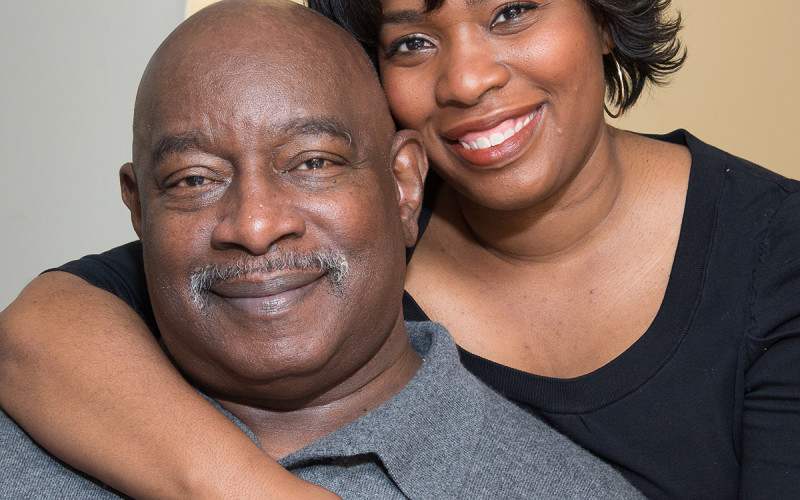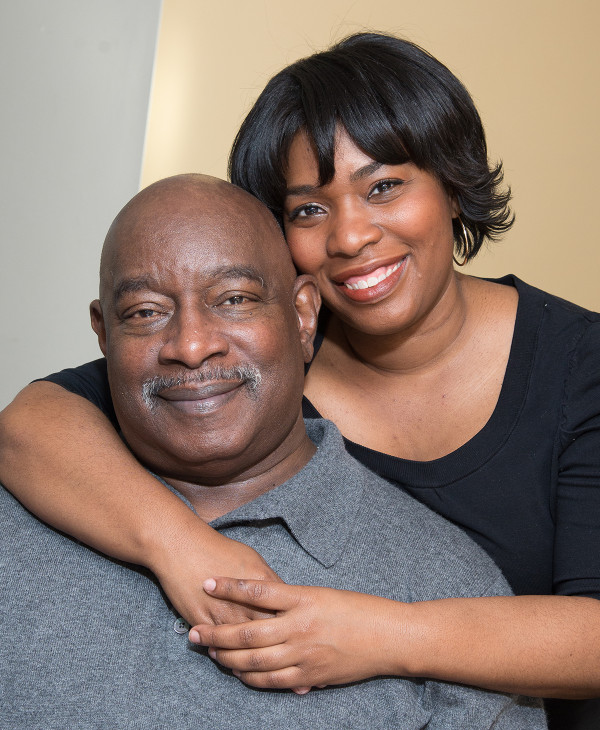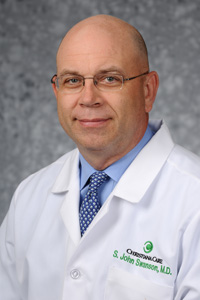A daughter’s kidney donation gives her dad the gift of health


For more than 30 years, Ray McCoy was a successful banker, who felt comfortable with numbers.
But in 2010, when Ray’s kidneys were failing, he looked for a medical team where he wouldn’t be treated like a number.
He found expert, compassionate care at Christiana Care Health System.
“My nephrologist had heard good things about the program from other patients,” he said. “Not only did they get quality care but everyone on the staff is very friendly and caring.”
Ray, who was diagnosed with diabetes in the 1990s, had been coping with gradually worsening kidney disease for years. He grew increasingly tired. He retired from his job at 60, two years earlier than he had planned, because he could no longer keep up with travel demands.
Finally, he began dialysis as a bridge to an eventual transplant.
Ray sat down and talked with his family about his options. He could place his name on the list and wait for a deceased donor, a process that could take as long as five years. Or he could receive a kidney from a living donor, who could be a relative, friend or altruistic stranger.
“Right away, my two children jumped to the plate and volunteered,” he said.
Ray’s son was ruled out immediately because he suffers from high blood pressure. But his daughter Danielle was healthy and enthusiastic about being tested.

Receiving a kidney from a live donor offers several important advantages, says S. John Swanson III, M.D., chief of the Kidney Transplant Program at Christiana Care.
“Long-term survival rates are significantly better with a living-donor kidney compared to a deceased-donor kidney,” Dr. Swanson said. “A kidney from a living donor almost always starts functioning immediately after transplant. A deceased-donor kidney can take a few days to start functioning.”
In addition, transplants from living donors often can be planned when a potential recipient has very poor kidney function but is not yet on dialysis. A preemptive transplant also offers an advantage in long-term survival.
Live donors go through a battery of tests, which provides the transplant team with more information about the donor’s medical history and lifestyle.
Extensive testing benefits the donor, as well as the recipient. Dr. Swanson says donors often gain insights from the evaluation that inspires them to make lifestyle changes to improve their own health.
“Danielle has always been very conscious of what she eats and is very fit,” Ray said. “Still, as her father, I worried about her undergoing surgery.”
But Danielle never wavered in her commitment to help.
“I prayed about it,” she said. “If this is what God wanted me to do, I would be a match.”
She was.
As father and daughter prepared for the transplant, the team at the center worked with them closely, coordinating tests, answering questions and helping Ray to establish healthier eating habits.
“I always enjoyed breakfast meats,” he recalls. “Now they are pretty much off-limits.”
Danielle, 37, is a lawyer who works in Washington, D.C. She appreciated that the staff scheduled her tests on Fridays when she would come home to Hockessin to visit her parents.
“I didn’t have to take extra time off from work or travel back and forth in the middle of the week,” she said.
The transplant process is a stressful time for families. The McCoys are grateful for the support of a staff that was always helpful, always upbeat.
“Dr. Swanson is very warm, a person who will enjoy a chuckle with you and your family,” Ray said. “You find that same sense of caring in every member of the team, from the surgeons to the nurses to the social worker and the dietitian. You are a real person, not a number.”
The transplant went smoothly. Father and daughter went home, where the extended family pitched in to care for them.
Danielle was back at work in a few weeks. Over the course of about six months, Ray regained his strength and stamina and is now enjoying an active retirement.
“Watching my father’s health decline was very painful,” Danielle said. “Watching him get well is the best feeling in the world.”
Give the gift of a future
An organ can mean a bright future for someone who otherwise wouldn’t have one. Nearly 124,000 men, women and children are awaiting organ transplants in the United States, and the need for tissue is steadily rising. The National Donate Life Month campaign reminds us that by registering as an organ, eye or tissue donor and celebrating those who have donated, we are bringing new hope to many thousands of people. Learn more about organ donation.